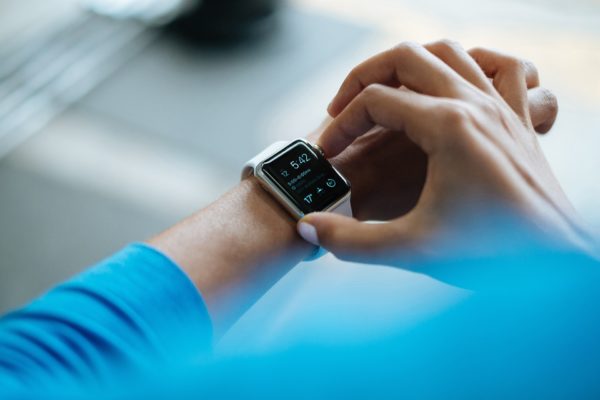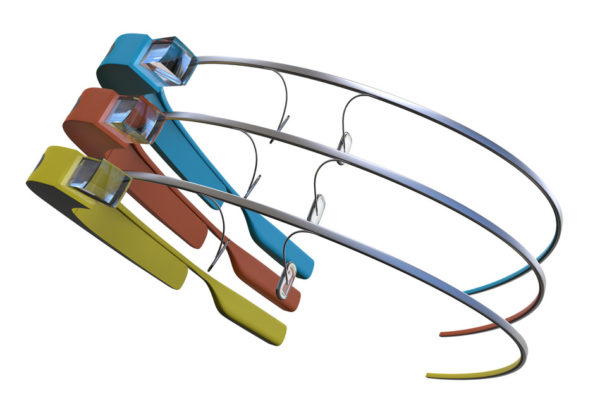Augmented Reality is the melding of the real world with the digital world found on your smartphone. Think “Pokemon Go.”
You have more than likely encountered augmented reality, even if the term is unfamiliar. It is not to be confused with virtual reality, another recent development in the tech world. AR is experienced alongside the real world, while VR simulates its own reality.
Charles Arthur, a contributor to The Guardian, describes AR as taking “a real-life scene, or (better) a video of a scene, and add[ing] some sort of explanatory data to it so that you can better understand what’s going on, or who the people in the scene are, or how to get to where you want to go”.
By blurring the line between what is real and what is not, AR enhances the digital experience.
The most well-known examples of augmented reality in today’s market are Snapchat filters and Pokémon Go. While it is more easily recognizable in entertainment, AR has also been utilized in marketing, educational and retail ventures.
Augmented reality is also starting to play a role in the workplace. It has been adapted for certain hands-on training exercises. An employee’s virtual presence erases the need for direct contact with different environments.
Where direct involvement is risky, the immersive qualities of AR allows for otherwise impossible experiences. For example, NASA has started to use it for scientific research. This enables advances in exploration that humans couldn’t achieve. We can’t send a person to Mars, but technology is taking that giant leap for us.
In the near future, you might not even be able to tell who is seeing the world through an AR wearable. Going through a single day without experiencing augmented reality in some way might even be impossible.
As the technology behind AR continues to evolve, its limits will be pushed even further. Think about how Pong and other early video games now seem so primitive, yet they were what introduced many the members of today’s workforce to computing. Their innovations have increased the capabilities of operating systems hundreds of times over.
These same kinds of giant strides in AR are still to come. The next generation might be taught about the game-changing nature of Pokémon Go just as today’s youth learn about Tetris.
Apple CEO Tim Cook has already labeled augmented reality as the ‘next new thing’. Anyone who is familiar with the tech industry will agree: now that AR has captured Apple’s eye, every competitor will be clamoring to take it to new heights.




